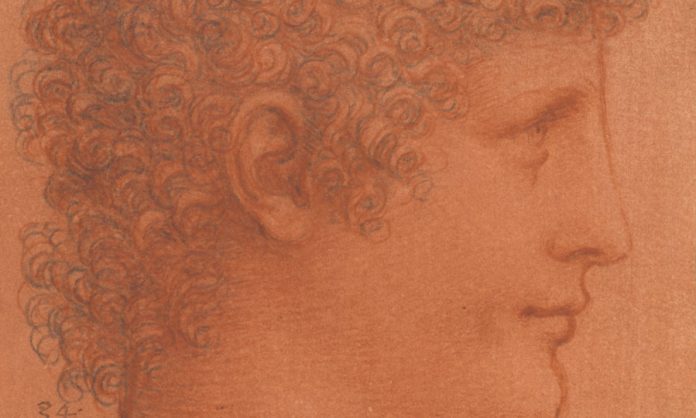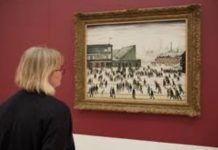
Leonardo Da Vinci’s 1510 The Head of a Youth is go go on display at Manchester Art Gallery next year.
It will be one of twelve places around the country where the artists work will be displayed as part of an exhibition celebrating the 500th anniversary of his death by the Royal Collection Trust.
More than 200 drawings will go on display at the Queen’s Gallery, Buckingham Palace, the largest exhibition of Leonardo’s work in over 65 years.
The portrait is the most elaborately worked of all Leonardo’s drawings of youthful heads, in a highly colouristic technique used by the artist for only a few years around 1510.
Revered in his day as a painter, Leonardo completed only around 20 paintings; he was respected as a sculptor and architect, but no sculpture or buildings by him survive; he was a military and civil engineer who plotted with Machiavelli to divert the river Arno, but the scheme was never executed.
He was an anatomist and dissected 30 human corpses, but his ground-breaking anatomical work was never published; he planned treatises on painting, water, mechanics, the growth of plants and many other subjects, but none was ever finished. As so much of his life’s work was unrealised or destroyed, Leonardo’s greatest achievements survive only in his drawings and manuscripts.
The drawings in the Royal Collection have been together as a group since the artist’s death, and provide an unparalleled insight into Leonardo’s investigations and the workings of his mind.
Leonardo firmly believed that visual evidence was more persuasive than academic argument, and that an image conveyed knowledge more accurately and concisely than any words. Few of his surviving drawings were intended for others to see: drawing served as his laboratory, allowing him to work out his ideas on paper and search for the universal laws that he believed underpinned all of creation.
Martin Clayton, Head of Prints and Drawings, Royal Collection Trust, said, ‘The drawings of Leonardo da Vinci are a national treasure, both incredibly beautiful and the main source of our knowledge of the artist. We hope that as many people as possible across the UK will take this unique opportunity to see these extraordinary works, which allow us to enter one of the greatest minds in history, and to understand the man and his achievements.’






